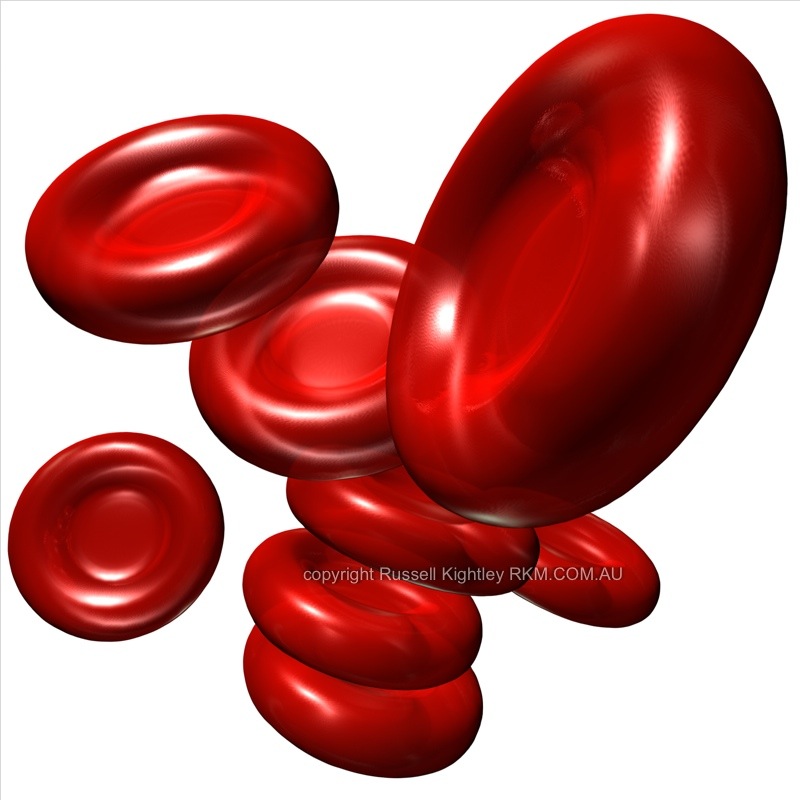7.1 Blood Components
- NGSS
- AP
2.
We’ll put your name on your report, certificate, and leaderboard.
Submit
Quiz Review Timeline (Updated): Mar 21, 2023 +
Our quizzes are rigorously reviewed, monitored and continuously updated by our expert board to maintain accuracy, relevance, and timeliness.
-
Current Version
-
Mar 21, 2023Quiz Edited by
ProProfs Editorial Team -
Apr 14, 2013Quiz Created by
Rlabov










 Back to top
Back to top






